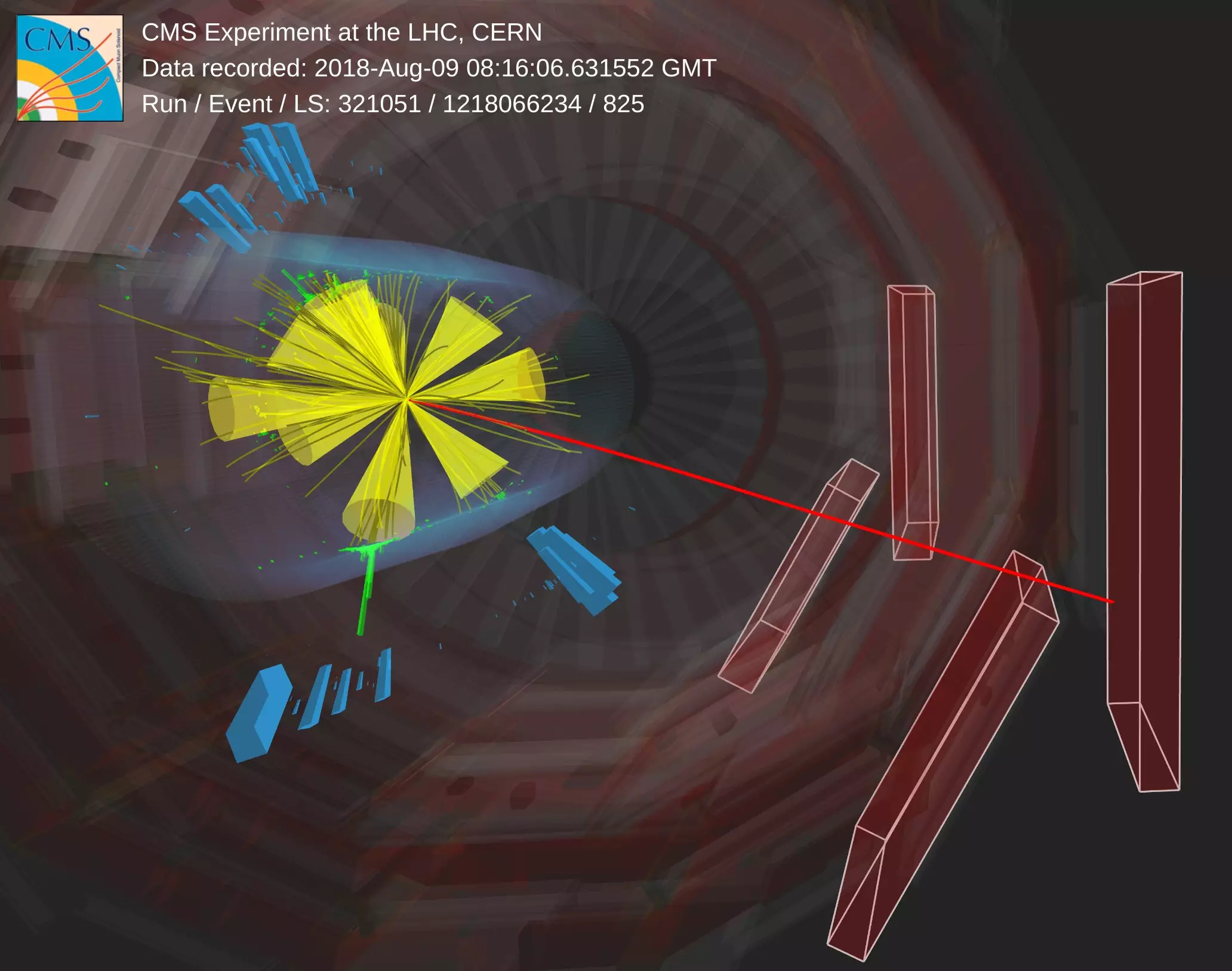Supersymmetry (SUSY) is a theory that has been gaining traction in the field of particle physics due to its ability to answer some of the most puzzling questions in the field. One of the key predictions of SUSY is the existence of “superpartner” particles for every known particle. This theory provides a potential solution to many of the unresolved issues in the Standard Model of particle physics.
In 2021, the CMS collaboration conducted a thorough analysis of collision data collected between 2016 and 2018 at the Large Hadron Collider (LHC). The initial analysis suggested the possible presence of stop particles, the superpartners of the top quark. This discovery was significant, as it hinted at the existence of particles predicted by the SUSY theory.
One of the main challenges in identifying stop particles is distinguishing them from the background noise produced by the pair production of top quarks, a common process in the LHC. Traditional methods, such as the ABCD method, which relies on uncorrelated observables, were ineffective due to the high level of correlation between variables in the stop search.
To overcome the limitations of traditional methods, CMS physicists developed an innovative approach based on advanced machine-learning techniques. By identifying two minimally correlated variables, they were able to create four distinct regions in the data set for more accurate background estimation.
The implementation of this novel method resulted in a significant improvement in analysis sensitivity, allowing for a more accurate prediction of background noise without relying heavily on simulations. The analysis concluded that, in specific SUSY scenarios, a stop particle decaying into top quarks and jets must have a mass exceeding 700 GeV.
Future Prospects and Ongoing Research
With the success of the new analysis method, physicists are now looking ahead to the ongoing LHC Run 3 with heightened anticipation. The enhanced sensitivity and accuracy provided by the innovative approach have set the stage for further exploration and discovery in the field of SUSY research.
Overall, the advancements in stop particle analysis at the LHC signify a significant step forward in our understanding of the fundamental building blocks of the universe. The collaboration between physicists and the development of cutting-edge techniques continue to push the boundaries of particle physics research, paving the way for future breakthroughs and discoveries.


Leave a Reply